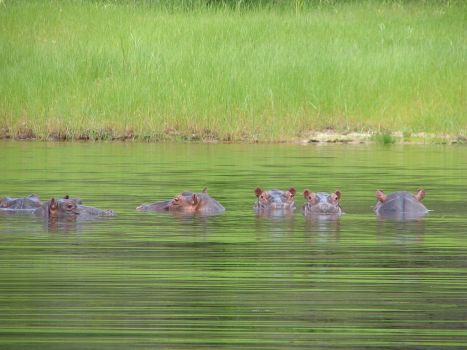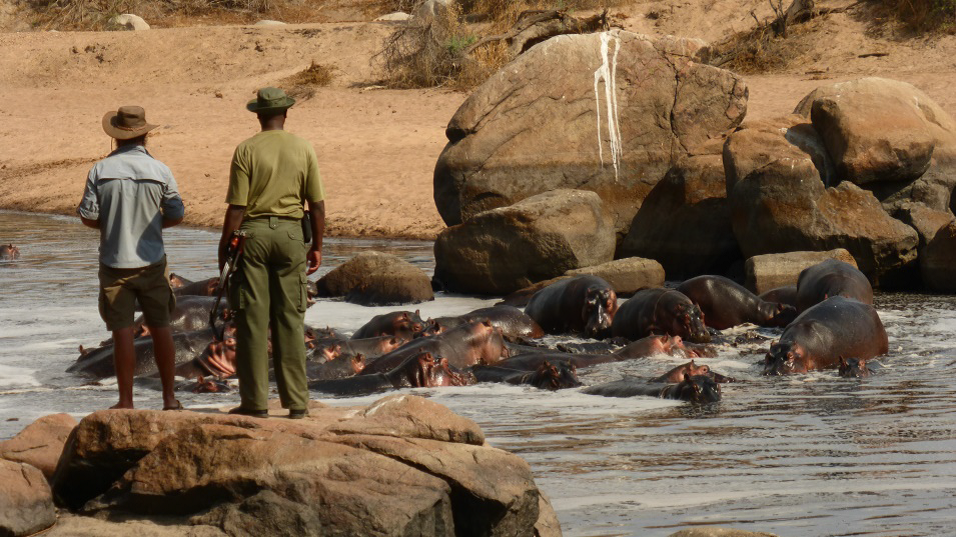Tanzanian Hippo Project


Tanzanian Hippo Project
The hippopotamus is known for its enormous mouth, quick swimming ability and for being among the most dangerous animals in Africa, but they also play an important role in aquatic and wetland ecosystems of central and eastern Africa. Recently, concerns have been raised over declines in hippopotamus populations (between 7-20%) caused by human development and escalating conflict between hippopotamus and local communities.
To help mitigate this decline, information is needed to understand how much space this species uses and what habitats it depends upon. Unfortunately, there is little data to adapt current protocols into effective management tools. SCI Foundation recently partnered with the University of California Santa Barbara on their new hippopotamus project to assist in filling the information gap.
The researchers are working to determine the size of the hippos’ home range, what habitat features it prefers and how changes to movement and distribution of water might shape their home range and habitat use. This work will be carried out in the Ruaha ecosystem of Tanzania.
Researchers will place miniaturized GPS tags on 15 hippos that can be attached to their extremely thick hide by using a crossbow from long distances. This keeps the researchers out of direct danger and removes the need to capture these large animals.
Over the course of a one year, each hippo will be monitored for a minimum of one month. Males, females, and large sub-adults will all be monitored to provide movement behavior for each of these types of individuals. GPS data collected will provide the first detailed picture of the hippopotamus home range size and will increase our understanding of how hippo movement and distribution shape Africa’s ecosystems. Results from this research will be applied directly to the development of new management tools that will help ensure a sustainable future for this important species.
This will be the first work of its kind to map the full extent of the hippopotamus range and indicate the amount and type of habitat buffers needed around water bodies to support healthy hippopotamus populations. Through such an effort we can hope to identify landscape features that act as barriers or enablers of hippopotamus movement as well as to determine which types of habitat are most important for sustaining their populations.

Since 2000, SCI Foundation has provided more than $80 million to promote science-based conservation through wildlife research, capacity building in governments, youth and teacher education, and humanitarian programs that show the importance of the hunting community in society around the world. Growth of SCI Foundation has continued to gain momentum through charitable donations from SCI members and direct grants from local chapters and the SCI organization. Throughout the world, SCI’s approximately 50,000 members and 190 chapters contribute time, talent, and financial support to local, national, and international projects.
